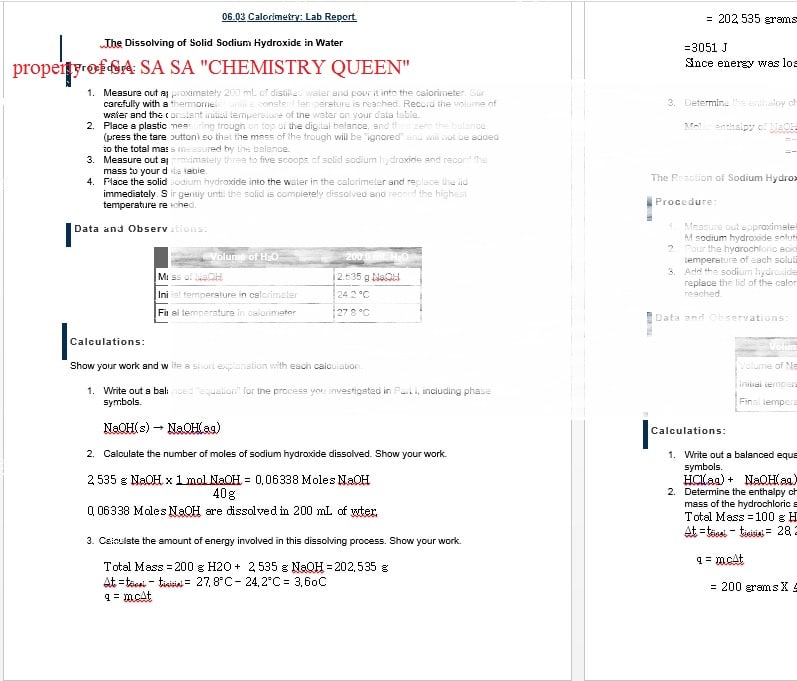Calorimetry is the study of heat transfer and the measurement of heat transfer. It is a branch of thermodynamics that deals with the study of heat and its effects on matter. Calorimetry is used in a wide range of applications, including chemical reactions, heat engines, and the measurement of heat capacity.
One common method of calorimetry is known as bomb calorimetry. In this method, a sample of a substance is burned in a bomb calorimeter, which is a sealed container surrounded by water. The heat of the reaction is transferred to the water, causing the temperature of the water to increase. By measuring the change in temperature of the water, the heat of the reaction can be calculated.
Another method of calorimetry is known as coffee cup calorimetry. In this method, a substance is placed in a coffee cup calorimeter, which is a simple container with a lid. The substance is allowed to react, and the heat of the reaction is transferred to the surrounding air and the calorimeter itself. The temperature of the calorimeter is measured using a thermometer, and the heat of the reaction is calculated based on the change in temperature.
Calorimetry can also be used to determine the specific heat capacity of a substance. The specific heat capacity is the amount of heat required to raise the temperature of a substance by a certain amount. It is an important property of a substance, as it determines how much heat is required to change its temperature.
Calorimetry is a useful tool in a wide range of fields, including chemistry, physics, and engineering. It allows scientists and engineers to measure and understand the heat transfer that occurs during chemical reactions and other processes, which is essential for a wide range of applications.




